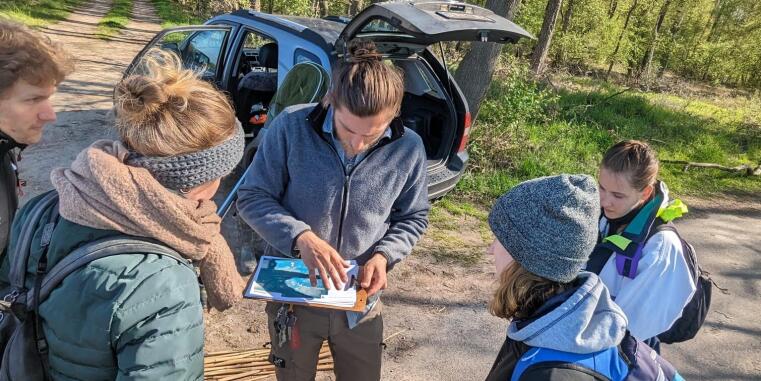







Re-surveys involve comparing data from old surveys, herbarium, and fossils with contemporary data to gain insights into how ecosystems have changed over time. This technique allows us to understand how climate change has affected biodiversity, identify adaptations to changing environments, and predict how ecosystems will change in the future. Monitoring programs produce invaluable data on ecosystem change but are very time consuming. Combining and analyzing old existing data from different surveys will open up possibilities for drawing conclusions about contemporary phenomena faster.
The knowledge gap we aim to address is the lack of information on historical ecological trends. By comparing past and present data, we can fill in gaps in our knowledge and improve our understanding of ecological dynamics.
To close this gap, we examine old surveys, herbarium, and fossil records and compare them to contemporary data. For example, we use the extensive herbarium of the LWL Museum of Natural History, which has over 550,000 specimens, including vascular plants, mosses, algae, fungi, lichens, and seeds. We also collaborate with the Institute of Geology and Paleontology to study the evolution of the Earth system and its impact on biodiversity which opens up possibilities for drawing conclusions about present-day phenomena
Our re-survey research is critical to understanding the past, present, and future of biodiversity and to develop evidence-based conservation strategies.